Exclusively for AvaxNews: Fake History Or Legend Of Wars
Advertisements:
Circa 1510, Portuguese navigator and explorer Ferdinand Magellan (1480–1521), the first man to circumnavigate the globe and the first European to cross the Pacific Ocean. He is holding a scroll map and a pair of compasses. (Photo by Hulton Archive/Getty Images)
Do you think that history is a science? Well, not exactly. First, and foremost, history is the states [legend of wars], it’s official regalia. Of course, public historians are not interested in scientific truth – quite the opposite. In this respect, any attempt to present a state’s history as altruistic and benevolent as possible is welcomed and encouraged – as opposed to any revisionism attempts that may be more accurate. In this matter, Chinese have surpassed us all – they revised in highly creative manner (but rather shamelessly) the technology already invented by Europeans, a process that resulted in oldest state on the planet. Here is an interesting paradox: ask any sinologist about the Middle Kingdom during second century B.C., and he will describe it to you in such a vivid manner as if he has been living there all his life – but as soon as you will ask him to describe Chinese history in the 19-20th centuries… lets say, his eagerness will be greatly diminished. However, we will discuss China in a different article, and in the meantime we will try to understand how exactly historic [legend of wars] is formed and functions – based on a specific and well-known example. A great example is Ferdinand Magellans first voyage around the world.
Magellans expedition took place between years 1519–1521, that is during the period that any honest explorer would not find a smooth and uniform fabric of scientific knowledge, but rather patched rag (although it wasnt that bad; if we are comparing it to a period until the year 1400 – which was really an abyss of nothingness, [world-night] (Weltnacht) by Martin Heidegger). At such distance, the context and the magnitude of the event are completely lost: what was it like then to circumnavigate the globe. Here’s the route:
La Plata river
And so Magellan sails. Caramba! – America spreads along with no end to it. IT IS ENORMOUS. On the other hand, it is a good thing, a very good thing! What is the need to drag oneself to the ends of the world to India when right under his nose there are breathtaking views of new lands? Each day the purpose declared by Magellan becomes more and more fleeting, as opposed to the real outcome of this voyage which becomes highly convincing. It would seem quite logical to say, [well, I think that is enough] somewhere around La Plata River – and to come back for awards and honors (by the way, Cabot did exactly that). Stubborn and persistent Magellan goes further on – downwards. What do we have there? Tierra del Fuego (Land of Fire), Cape Horn. It is truly cold there (for a Southerner – extremely cold), and heavy winds roar constantly. To go any further is suicidal. On fragile boats, with weary crew, AFTER REBELLION AND A WRECK OF ONE OF THE SHIPS, Magellan makes a turn into what will become known as the unbelievably difficult [Strait of Magellan]. He crosses it (in fact it is one month of surfing between the rocks while dealing with strong currents and constant mist), then he turns north alongside the coastline, sails for some time and – it is fantastic! – departs from a rich and unknown shore to [no where], out into the open ocean.
Those who think that the worlds oceans teeming with fish are very naive. The ocean is a biological desert. The fish are only found near the coast in shallow water except in rare cases and along the seasonal migration routes. The area where Magellan sailed after he turned away from South America to the West is a DEATH ZONE. There was a case at the beginning of 19th century – North American whale hunters (i.e. professionals) found themselves in similar area. The result – mass cannibalism. According to narrative about Magellans journey, during those four months people ate biscuit dust mixed with worms, drank stale water, ate ox skins, wood chips and ship rats. In the process, the three small remaining vessels now contained only a total of 140 people after sailing across the Pacific Ocean (that is half of the planet; moreover they sailed in diagonal pattern). These were not only sailors but also passengers (soldiers) as well.
And thats not all. Following the death of Magellan and the 24 members of his crew near the discovered Philippines (for some reason those Spaniards named it in honor of the king, who ascended the throne much later), the expedition lays a route through the southern, deserted and completely unexplored areas of Indian Ocean. And they made it. In this regard, the next reasonable question is: when did the SECOND circumnavigation of the world take place? It happened half a century later, between the years 1577–1580 by Sir Francis Drake. However, there is a little nuance. In reality, Sir Francis Drake is just a British mythology character, he was a British version of Baron Münchhausen (just look at the story of Spanish Armada (Grande y Felicísima Armada) that was sunk by Drake.
Don Pedro de Valdes, Admiral of the Spanish flagship Nuestra Senora del Rosario, surrenders his sword to Sir Francis Drake (c.1540–1596) of the British navy on board the HMS Revenge in the English Channel, 1588. A painting by Seymour Lucas. (Photo by Hulton Archive/Getty Images)
In fact, Drake was one of the first English pirates that raided not the north of Europe but the Atlantic. Drake literally [pissed off] the Spaniards, and Spain declared war on England. Englishmen acted out for a while, and then came crawling on their knees asking for forgiveness from Great Spain, compensating it for all the losses (the scale of Spain and England of those times was equivalent to modern USA and Mexico). It is believed that Drake plundered the coastal cities of Latin America, and in order to avoid Spanish fleet, he crossed the Pacific and Indian oceans, sailed round Africa and came back to England. In fact, circumnavigation and even sailing from America to Asia across the Pacific Ocean was considered as certain death.
1595, Judocus Hondius map showing Sir Francis Drakes voyage around the world. (Photo by Hulton Archive/Getty Images)
The thing is that circumnavigation is essentially slipping through the Strait of Magellan or Drake Passage. The rest is nonsense. If you look at the map, you will see that America blocks the globe just like Ural Mountains blocks Russia. All is packed up with ice from the north. In the south there is a narrow strait (as compared with the overall scale of the [obstacle]). The hydrographic situation there is monstrous. In terms of sailing navigation it is the worst place to be on the planet. For a sailor to round Cape Horn is the same as for a mountaineer to climb Mount Everest (Chomolungma). Strongest planetary currents, highest waved in the world, cliffs, mist, stormy winds, low temperatures and this is [Drake]. [Magellan] is even worse. Magellans Strait has no equivalents in its complexity. Skerries are a piece of cake. Horrible currents, turns, rocky ground, fogs and shallow waters are constant. Sailing is possible only during daylight hours based on ideal maps and accompanied by a sailing master. And if we are talking about sailing from the Atlantic Ocean to the Pacific – we are talking about sailing against the wind. Could it be possible that Magellan and Drake crossed these traps while blindfolded and on creaky vessels on their first try and for the first time in the worlds history? That is a good question...
Ships in a Raging Storm
In reality, Spaniards slowly explored the Pacific Ocean relying on their ports on the west coast of America. This overture was very unfortunate and came with great losses. All evidence about the lands discovered in the Pacific was classified. The British received it only around 18th century, after capturing Manila as part of Seven Years War. Spaniards kept it a secret because they were afraid that the islands’ coordinates would be exploited by pirates, as well as by French and British. The Philippines were the only islands colonized by Spaniards – the rest was trifle.
The true exploration of the Pacific Ocean by the British and the French was during 18th century. Officially, an Englishman William Dampier made a number of circumnavigations that could be considered as credible. Those took place at the end of 17th century (it should be noted that to a certain extent these journeys were the result of outstanding literary abilities of the author). The very NOTION of circumnavigating the world emerged only in the second half of the 18th century. When, in fact, did the world learn about Magellan? It turns out that Magellan’s entire journey was described in detail by one of his crewmembers, Antonio Pigafetta. Alas, Pigafettas records remained in manuscript. Consequently, Magellans amazing, even unbelievable journey was forgotten. Finally the manuscript (in a single copy) was found in and published in Italy – in… 1800 (in the 19th century Pigafettas journal became European best-seller, and in the 20th century appeared numerous [Stefan Zweig]-like novelists).
«Antonio Pigafetta» – [Navigatore Class DD 95]
Thats all because history is… the states legend of wars. The state does not care about the truth, and it debates by means of bombs, missiles, torpedoes and police batons. Each of us receives a [standard package] of information in a public school. This package includes necessary, sometimes essential things: the Bible, history books, dead rats and guard duty regulations – afterwards we carry this lump of [useful knowledge] until the day we die. And we die without really understanding things, just as blind kittens. Sad but true…
P.S. In the process of writing this publication we used the article from a personal blog of Dmitry Yevgenyevich Galkovsky.
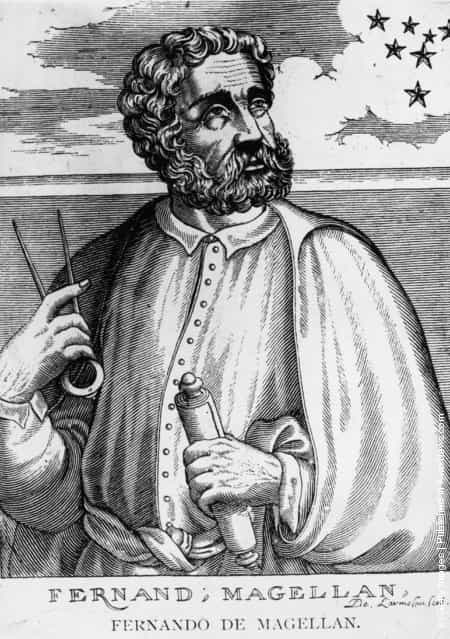

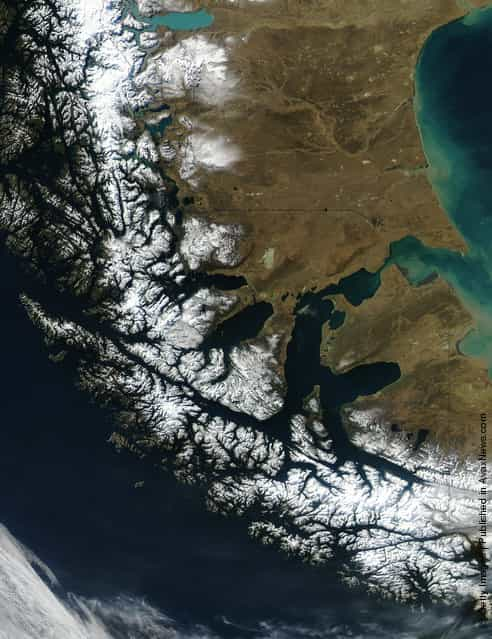
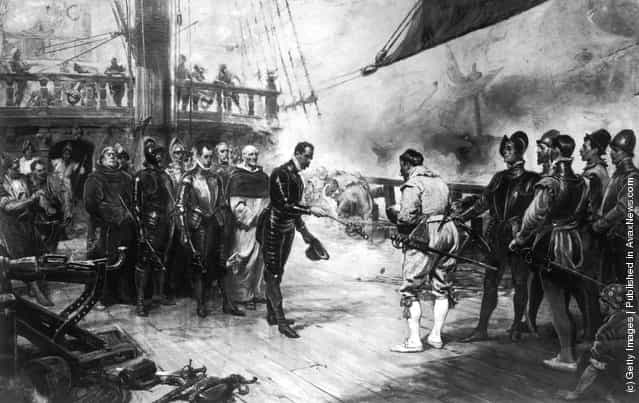

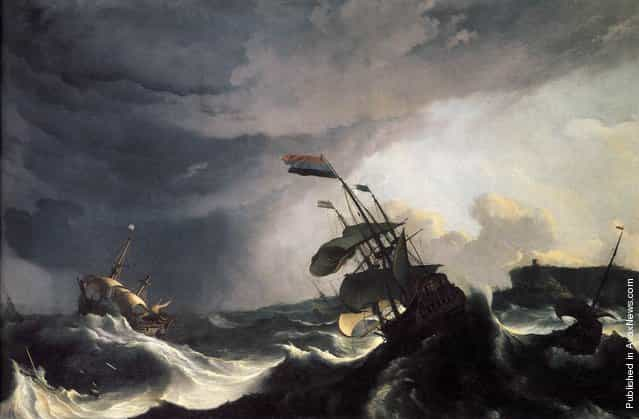

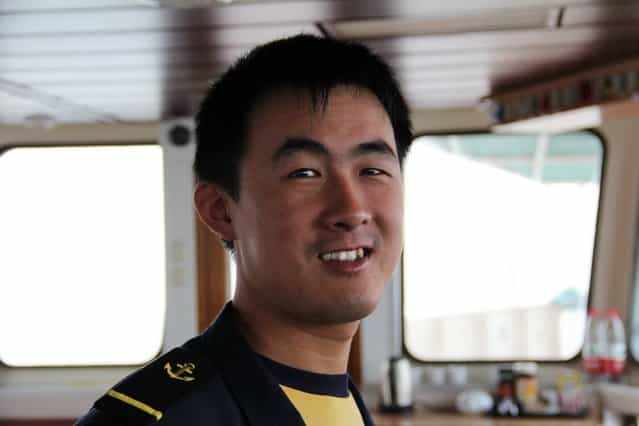
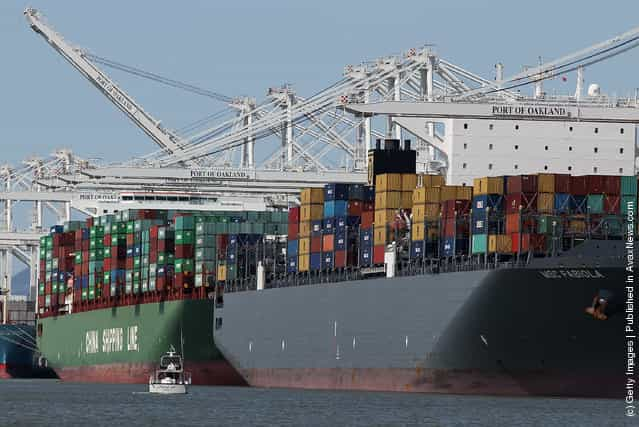
![25 Years Since The Capsizing Of The [Herald Of Free Enterprise] 25 Years Since The Capsizing Of The [Herald Of Free Enterprise]](http://img.gagdaily.com/uploads/posts/fact/2013/short/00006641_medium.jpg)
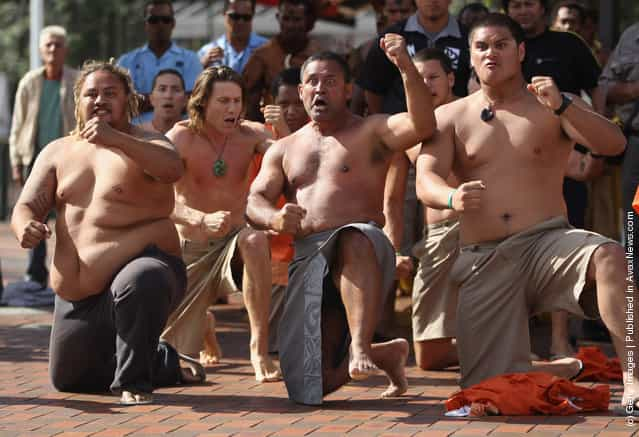

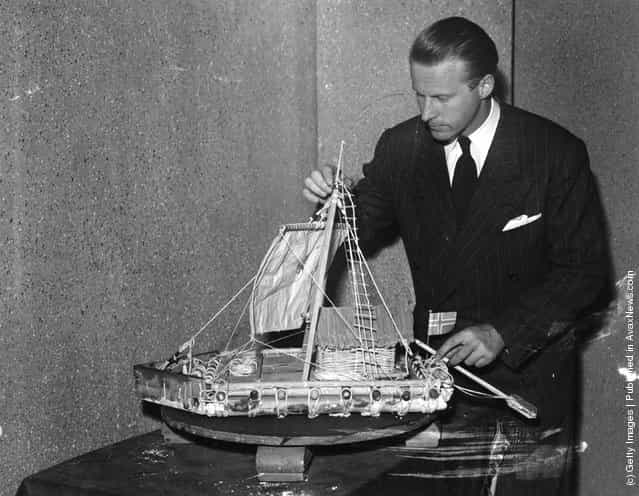
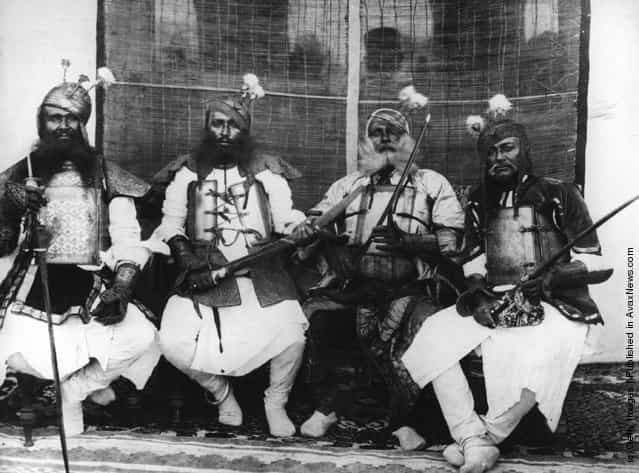
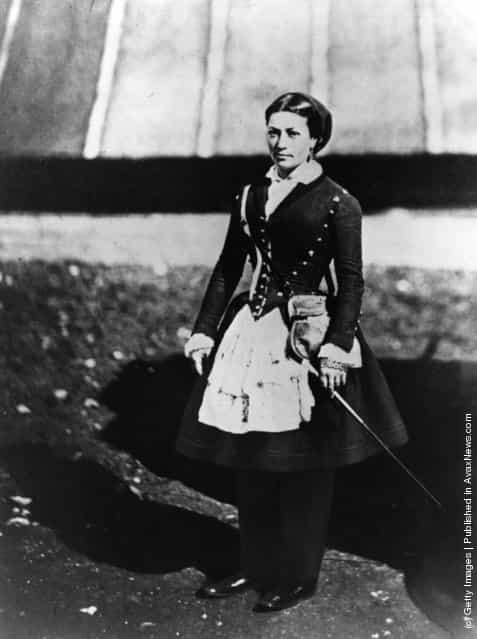

![Rare [Hybrid] Total Solar Eclipse Rare [Hybrid] Total Solar Eclipse](http://img.gagdaily.com/uploads/posts/fact/2013/short/00010c55_medium.jpg)






